Bubble Tracking In Arterial Line Filters CFD Simulation, ANSYS Fluent Training
Bubble Tracking In Arterial Line Filters CFD Simulation, ANSYS Fluent Training
- Upon ordering this product, you will be provided with a geometry file, a mesh file, and an in-depth Training Video that offers a step-by-step training on the simulation process.
- For any more inquiries regarding the product, please do not hesitate to reach out to us at info@CFDLAND.com or through our online support assistant.
€195 Original price was: €195.€135Current price is: €135.
Bubble tracking in arterial line filters is critical for keeping patients safe during heart surgeries! When doctors connect a patient to a heart-lung machine during cardiopulmonary bypass, tiny air bubbles can form that might travel to the brain and cause serious damage. First of all, these arterial filters work as safety nets, catching dangerous microbubbles before they can enter the patient’s bloodstream. Additionally, modern filter media can trap bubbles as small as 10 micrometers (that’s smaller than a human hair!). Moreover, the complex path that blood takes through these filters creates special flow patterns that help catch bubbles of different sizes. Furthermore, advanced computational fluid dynamics allows engineers to see exactly how these tiny air bubbles move through the twists and turns of the filter design without needing to perform risky experiments on real patients. The study of bubble behavior helps medical device companies design better and safer arterial line filters that protect patients during critical surgeries. Most importantly, understanding how bubbles interact with porous media inside these filters helps doctors choose the right equipment for each specific procedure. The reference paper entitled “ Bubble Tracking Through Computational Fluid Dynamics in Arterial Line Filters for Cardiopulmonary Bypass” leads our CFD study.
- Reference [1]: Fiore, Gianfranco B., et al. “Bubble tracking through computational fluid dynamics in arterial line filters for cardiopulmonary bypass.” ASAIO Journal5 (2009): 438-444.
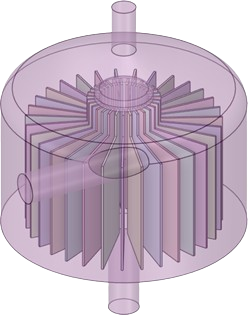
Figure 1: Schematic of the arterial line filter
Simulation Process
The Design Modeler initially produces the geometry model of the arterial line filter. It is then proceeded in Fluent Meshing with a generation of qualified tetrahedra mesh. In numbers, 1570612 cells. The filtering screen was considered a porous medium, and it was modeled as a continuous, permeable interface between two distinct fluid volumes featuring a hydraulic resistance to flow. Bubbles were simulated as spherical particles of different sizes (Rosin-rammler method). The bubble diameter was varied among simulations in the 10–1,000 Mm range. This needs activation of Discrete Phase Model (DPM).
Post-processing
The air particle shows us how tiny air bubbles move through a special filter that keeps them out of your blood during heart surgery! These bubbles range from just 10 micrometers to 230 micrometers in size (that’s smaller than a grain of sand), and each colored line shows the path of a different bubble. Our simulation successfully tracked thousands of bubbles through the complex filter geometry, showing exactly how they move and where they get caught. The most important finding is that larger bubbles follow straighter paths while smaller ones swirl around more inside the filter chamber. Also, notice how some bubbles get caught in the central filter screen while others move around it! Furthermore, this tracking shows that the porous medium in the middle of the filter catches most bubbles before they can reach the outlet pipe. This is exactly how these filters protect patients from dangerous air emboli that could cause strokes or other serious problems during heart operations!
![]()
Figure 2: Air particle diameter visualization showing bubble trajectories through the arterial line filter
The velocity contour reveals how blood flows through the arterial line filter and affects bubble movement! The fastest flow (up to 2.2 meters per second) happens in the narrow inlet and outlet pipes, while flow slows down significantly inside the main filter chamber. Our analysis captured the complete velocity field throughout the entire filter, showing how the clever design forces blood to slow down, giving bubbles time to rise or get caught in the filter. Additionally, you can see beautiful swirling patterns where the blood enters the main chamber, creating the perfect conditions for separating bubbles from blood. Most importantly, these flow patterns explain why the filter efficiency is so high – the combination of slowed flow and the porous screen means that almost all dangerous bubbles get removed before the blood returns to the patient. The cardiopulmonary bypass process becomes much safer when doctors can see exactly how these filters work and choose the best one for each patient!
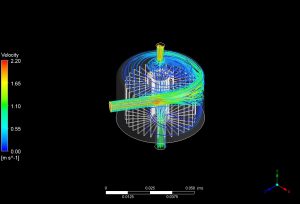
Figure 3: Velocity streamlines in the arterial line filter
We pride ourselves on presenting unique products at CFDLAND. We stand out for our scientific rigor and validity. Our products are not based on guesswork or theoretical assumptions like many others. Instead, most of our products are validated using experimental or numerical data from valued scientific journals. Even if direct validation isn’t possible, we build our models and assumptions on the latest research, typically using reference articles to approximate reality.
Yes, we’ll be here . If you have trouble loading files, having technical problems, or have any questions about how to use our products, our technical support team is here to help.
You can load geometry and mesh files, as well as case and data files, using any version of ANSYS Fluent.
€230 Original price was: €230.€185Current price is: €185.

€235 Original price was: €235.€165Current price is: €165.

€260 Original price was: €260.€135Current price is: €135.

€260 Original price was: €260.€165Current price is: €165.

€240 Original price was: €240.€175Current price is: €175.

€210 Original price was: €210.€155Current price is: €155.













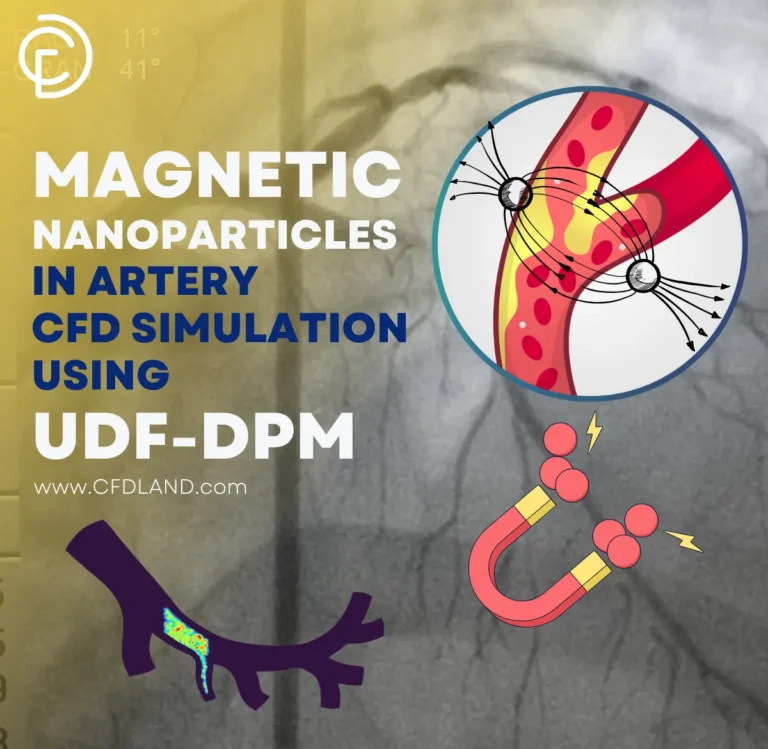
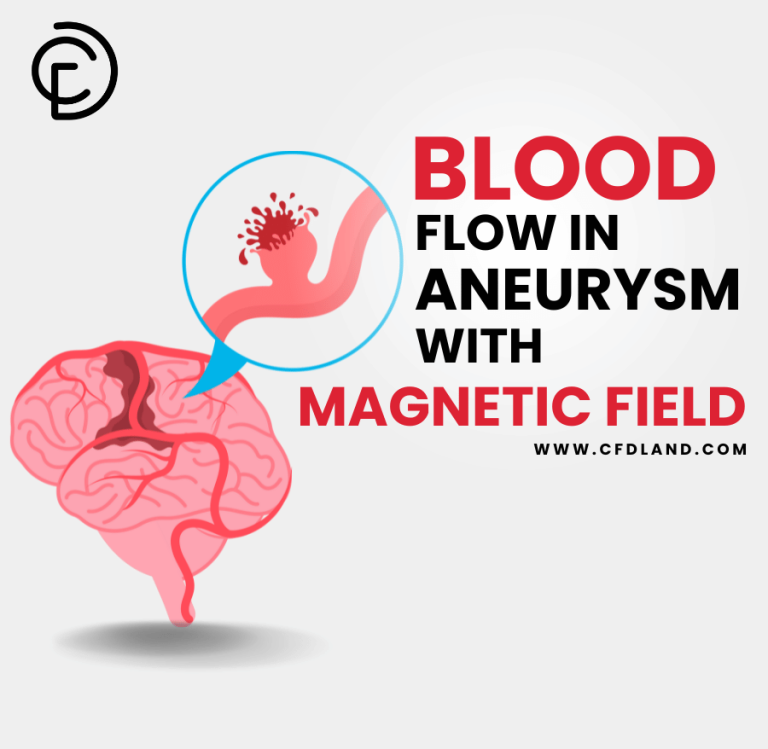
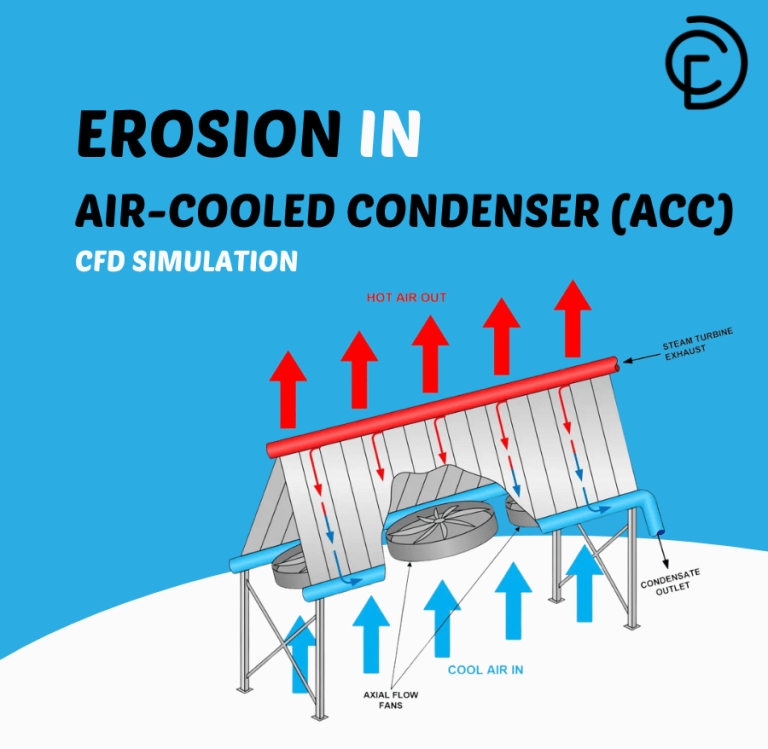


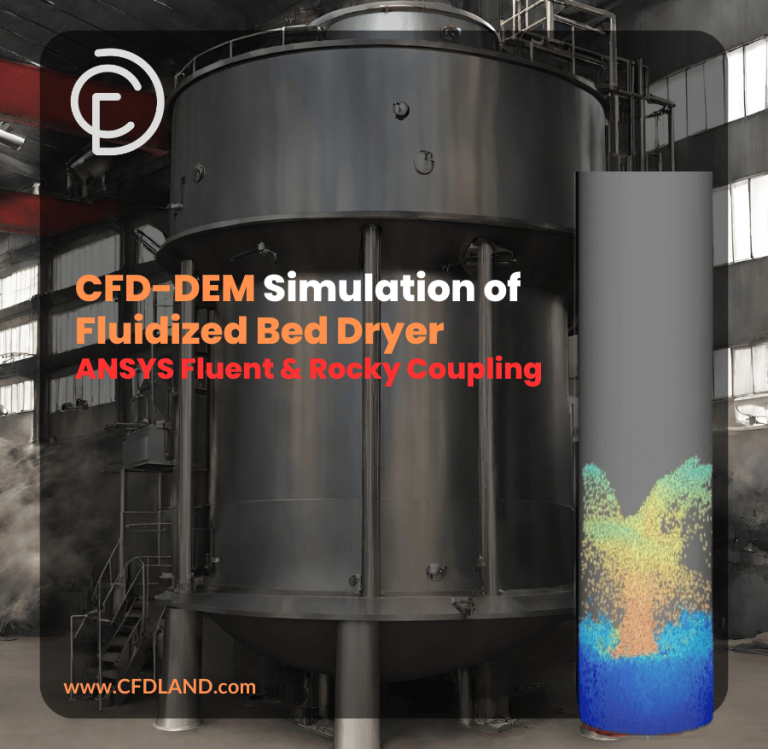
Reviews
There are no reviews yet.